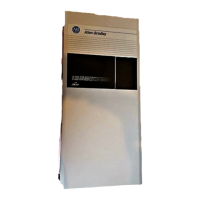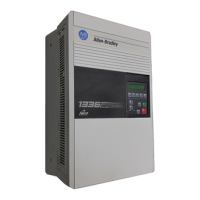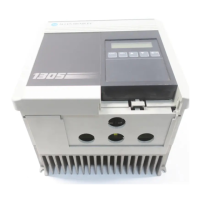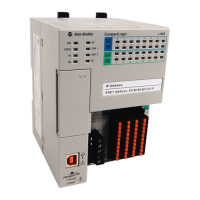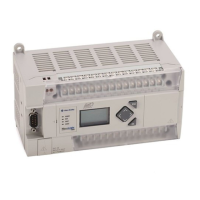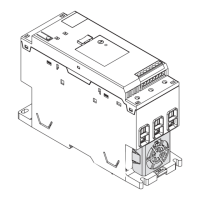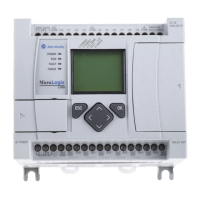4–6 Component Test Procedures
Publication 1336 IMPACT-6.2 – March 1998
Important: Before you remove connections and wires from the
drive components, mark the connections and wires to
correspond with their component connections and
terminals to prevent incorrect wiring during assembly.
1. Remove power from the drive.
2. Check for zero volts at TB1 terminals +DC and –DC.
3. Check for absence of control voltage at:
• TB10
• TB11
• L Option Board (if used)
4. Set your meter to test voltage.
5. Connect the negative (–) lead of your meter to the (–) DC Bus
terminal on TB1 and the positive lead to the (+) DC Bus terminal.
Refer to the following tables and former illustration for meter
readings and terminal locations.
!
ATTENTION: Servicing energized industrial
control equipment can be hazardous. Electrical
shock, burns, or unintentional actuation of
controlled industrial equipment may cause death or
serious injury. Follow the safety-related practices of
NFPA 70E, Electrical Safety for Employee
Workplaces, when working on or near energized
equipment. Do not work alone on energized
equipment.
6. Apply power AFTER the meter is connected; otherwise, your
meter will read zero volts. Expand readings for all input voltage
ratings.
Table 4.B
Bus Capacitor Bank Test
Drive
Rating
Input
Volts
Meter
Reading
A
200
230
240
280V DC +/–5%
322V DC +/–5%
336V DC +/–5%
B
380
415
480
535V DC +/–5%
580V DC +/–5%
675V DC +/–5%
C
500
575
600
700V DC +/–5%
810V DC +/–5%
850V DC +/–5%
AB Spares

